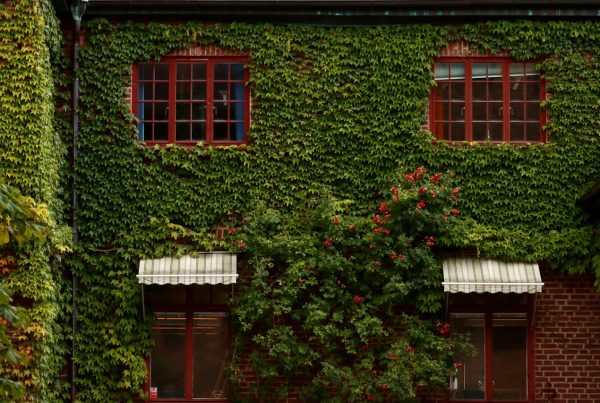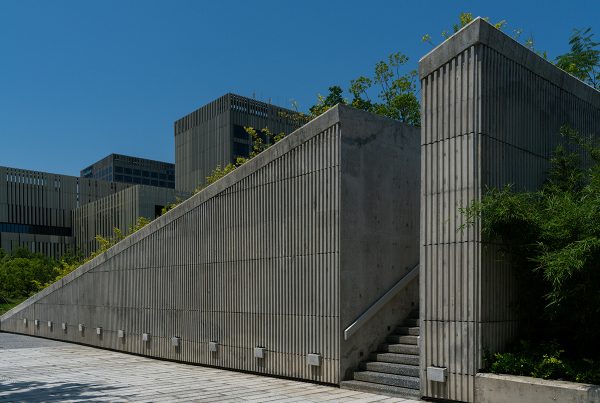There’s no substitute for good design, so goes the maxim. That’s why Beijing Design Week (BJDW) is all set this Friday, September 26 and will last until October 3. For a full week and beyond, design will saturate the consciousness of everyone, newbies and old-timers alike.
As in the previous years, Beijing Design Week is a showcase of design concepts and philosophies, whether that be in furniture, textiles, architecture, metalsmithing, installations, various everyday products, and even everyday spaces such as the alleys of Dashilar. This year more some thirty countries will be participating in the exhibit, which will also feature for the first time a film festival and the China Design Challenge (a product design contest for up-and-coming designers.)
Indeed China is in a great position to engage the whole world in design. Its robust economy and aggressive manufacturing sector make almost anything possible. And yet design can only go so far. China is still grappling with pollution, an issue that simply can’t be masked by good design. But if design becomes the very tool with which to change things around, then we’re all for it.
So here are four takeaway thoughts we hope to learn in the coming days of Beijing Design Week.
- Design with sustainability in mind. This one’s a no-brainer. Every single product on the planet entailed the use of precious natural resources and energy, with carbon emissions on top of that. Our consumerist society is mostly obsessed with acquiring goods and merchandise, with little regard as to the sustainability of their manufacture.
Take the China Design Challenge for example, where entries range from ingenious folding hangers to asymmetrical coffee tables to notepads that peel away like melting icebergs. Some of the entrees look solid in their purpose, but some are just plain gimmicky. Surely, the world doesn’t need one more pretty pencil sharpener or fabulous paper clip. Good design shouldn’t be just be utilitarian beauty, but sustainability as well.
- Design that’s resilient. When it comes to architecture, design has definitely moved beyond being beautiful and iconic (e.g. the Sydney Opera House). Of course, architects still strive for beauty and perfection, but now they’re also conscious about concepts of sustainability and carbon footprint. All the more especially in this age of climate change. In this respect, green designs and resilient principles go hand in hand.
- Design that’s relevant to the community. Let’s face it, not everyone is into design. The design week will attract visitors who work and live for design, but for the rest of the population, all that exquisite beauty showcased in BDJW will go unappreciated. Life simply goes on for them. It’s no one’s fault, of course.
But if early on we educate people about design, its many nuances and aspects, its pervasive presence in our lives (in the form of product labels, book covers, skyscrapers, street signage, gadgets, cars, utensils, apps and websites, typography, even the operating systems on our smartphones, and many others), how design and utility can complement each other, how design influences a generation’s psyche—if we engage everyone in a meaningful dialogue and exhibit about design, no one gets left out, no information divide happens, and the public will come to a better understanding of how design can be relevant to their lives.
- Design with Soul. Industrialization gave us mass production which made the manufacture of things swifter and more efficient. But all that at the expense of the soul—the exploited soul of underpaid factory workers, the displaced soul of the craftspeople artisans who can’t compete with machines, the throw-away soul of disposable goods.
In this regard, BJDW wisely highlights handcrafted products such as fabrics, wrought metal, light fixtures, etc., bringing back the emphasis on low-tech, low volume production as opposed to mass production. At the same time, the artisan’s role is placed at the forefront. In the succinct words of one design studio: “BJDW is a cultural platform and a catalyst for contemporary Chinese design—shifting the focus from Made in China to Designed in China. » Hopefully that happens.
* * *
Nowadays technology intertwines itself with design in deeper and more meaningful ways. It’s so easy to call oneself a designer, but what separates the really great designer from the mediocre one is a passionate vision to make design work for the greater good.
The manufacturing industry may be the lifeblood of China, but if pertinent issues such as pollution and toxicity remain unchecked, it just might spell the downfall for the rest of us. Again, good design can only go so far.












